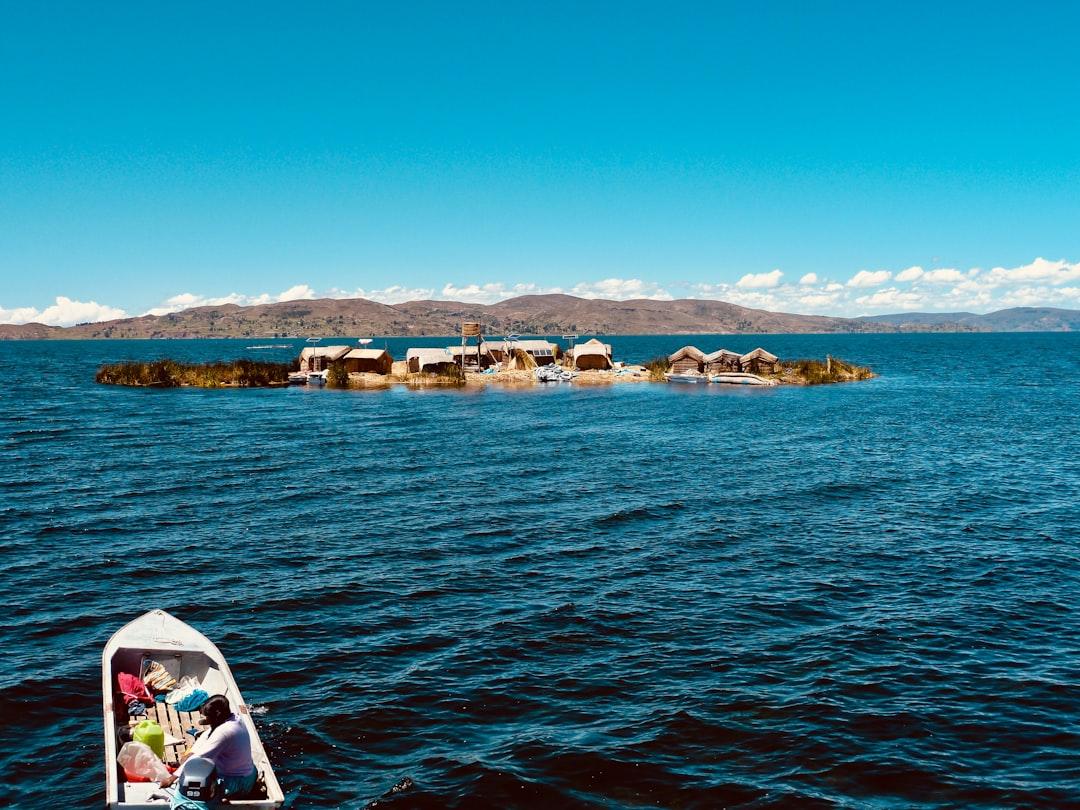
Activities in Lake Titicaca - Puno, Peru
- Home
- ,
- Peru
- ,
- Lake Titicaca - Puno
- ,
- Explore All Things To Do
Why People Love Lake Titicaca - Puno, Peru
See what people have to say about activities and accommodations in Lake Titicaca - Puno, Peru
Frequently Asked Questions about Lake Titicaca - Puno
What is Lake Titicaca?
Lake Titicaca is the highest navigable body of water in the world, located in the Andes between Peru and Bolivia. It's a popular destination for travelers looking to explore indigenous cultures and stunning natural landscapes.
What are some popular activities to do at Lake Titicaca?
Visitors can take boat tours to explore the lake and its islands, including the famous Uros Floating Islands. Hiking, biking, and kayaking are popular outdoor activities, and visitors can also visit local communities to learn about traditional weaving and agriculture practices.
What is the best time to visit Lake Titicaca?
The best time to visit Lake Titicaca is during the dry season from May to October. This is when the weather is sunny and dry, with cooler temperatures. The wet season from November to April can be rainy and muddy.
What are some must-see attractions in Puno?
In addition to Lake Titicaca, Puno is known for its colonial architecture, including the Puno Cathedral and the Casa del Corregidor. The Puno Plaza de Armas is also a popular spot for visitors, with its colorful buildings and bustling street markets.
What are some traditional dishes to try in Puno?
Puno is known for its hearty Andean cuisine, including dishes like chuo, a type of freeze-dried potato, and quinoa soup. Visitors should also try the local specialty of trucha, or rainbow trout, which is caught fresh from Lake Titicaca.
What are some of the best accommodations in Puno?
There are a variety of accommodations in Puno, ranging from budget hostels to luxury hotels. Some popular options include the Libertador Lake Titicaca, Casa Andina Premium Puno, and Tierra Viva Puno Plaza.
How do I get to Lake Titicaca?
Visitors can fly into the nearby Juliaca Airport, which is serviced by several airlines including LATAM and Avianca. From Juliaca, it's a 45-minute drive to Puno, where visitors can take boat tours to explore Lake Titicaca.
What are some of the indigenous cultures found around Lake Titicaca?
The region around Lake Titicaca is home to several indigenous communities, including the Uros, Aymara, and Quechua. Visitors can learn about their traditional customs, music, and dance, and purchase locally-made crafts like textiles and pottery.
What should I pack for a trip to Lake Titicaca?
Visitors should pack for a variety of weather conditions, including warm layers for the cool evenings, rain gear for the wet season, and sunscreen and hats for the sunny days. Comfortable hiking shoes are also recommended for exploring the islands and surrounding hills.
Is it safe to travel to Lake Titicaca?
Lake Titicaca is generally considered safe for travelers, with a low crime rate. Visitors should take normal precautions like keeping valuables secure and using reputable tour operators. It's also important to be aware of the high altitude in the region and take steps to avoid altitude sickness.





